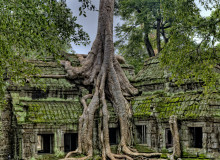Adaptation
The planet is changing. The cockroaches will be fine, but what about us? See what these PF Members are doing to adapt to the impacts of climate change.
Planet Forward Correspondent | UC Berkeley
In this podcast, Stephen Mulkey, a former president of Unity College in Maine, discusses the financial and ethical considerations for an institution divesting from fossil fuels.
Indigenous Correspondents Program | University of Alaska Fairbanks
As climate change impacts the price of energy in Alaska, Indigenous researcher Bax Bond abides by his heritage while using modern-day equations to help the rural communities that he once grew up in.
Planet Forward Correspondent | UC Berkeley
How three Indigenous teachers in California are fostering the future for native plants and educating others on how to build a reciprocal relationship with nature.
George Washington University
Have we finally cracked the code on controlling the weather? A recent paper suggests that by using drones to charge up the water droplets in clouds, we can cause them to fall as rain.
The George Washington University
Sunnyvale, California recently began using lasers to deter large flocks of roosting crows. The effectiveness of these tools, however, can vary.
Middlebury College
In the face of the widespread presence of the ice plant along hundreds of miles of coastline, is there any hope that the California coastal ecosystem could ever be returned to its natural state?
Planet Forward Senior Correspondent
Endemic species exist in just one geographic location in the world, and the Galápagos Islands are home to many of them, fighting to survive in the place that inspired "survival of the fittest."
Planet Forward Correspondent | George Washington University
Today is day nine of COP26, and the theme is adaptation, loss, damage, and resilience.
SUNY-ESF Chief Sustainability Officer
The Road to COP26 | "It was with resolve that I started to work on climate-related issues, although I didn’t know at the time I was focused on what was an emerging existential crisis."
.jpeg%3Fitok=0Jq_3dqj)
Pacific sockeye salmon during the annual migration. The Canadian government recently announced its (CAD) $647 million Pacific Salmon Strategy Initiative. “Hopefully it’s not too little, too late,” says marine campaigner Emmie Page (Image by Oregon State University/https://creativecommons.org/licenses/by-sa/2.0/deed.en).
Northwestern University
In June 2021, a heat wave spread over the Pacific Northwest, with people in the region wilting from record high temperatures. But, Fiona Skeggs reports, the threats are soaring for rivers and marine life as well.

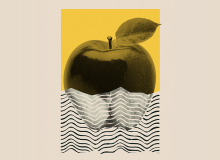
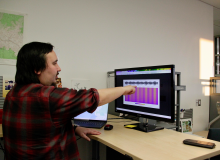
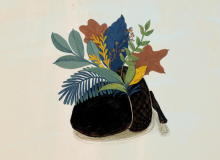
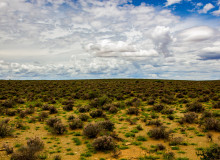

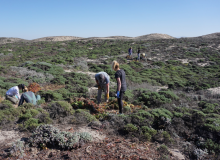
.jpg%3Fitok=5F8uSlY-)
